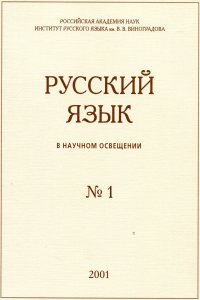Belarusian «trasyanka» as the apple of discord and as the whetstone of the method
Abstract:
Two points of view on the Belarusian-Russian mixed speech (Trasyanka) are compared: the view of Trasyanka elaborated in the 1990s in the works of a number of Belarusian linguists, and the concept of Trasyanka which became the basis for studies of Trasyanka at the University of Oldenburg (Germany) under the leadership of Prof. G. Hentschel. In the article it is shown that there is no average proportion of Belarusian and Russian features in Trasyanka, since Trasyanka is a multitude of idiolects with varying degrees of Russification. Differences between the variants of mixed speech are due, firstly, to educational level of the individual, and secondly, to which idiom (Belarusian dialect, literary Belarusian, Trasyanka, literary Russian language, Russian substandard) was native for the person; thirdly, primarily in the speech of rural residents, an areal factor becomes relevant. A continuum of various types of Belarusian, Russian and mixed idiolects in Belarus is presented. Communication in Trasyanka comprises an intergenerational psychosocial mechanism for transforming an individual’s autochthonous language into a genealogically nearest-neighbor one. Due to the absence of a usual (or average) proportion of Belarusian and Russian features, Trasyanka will not become a “new Belarusian language”.


